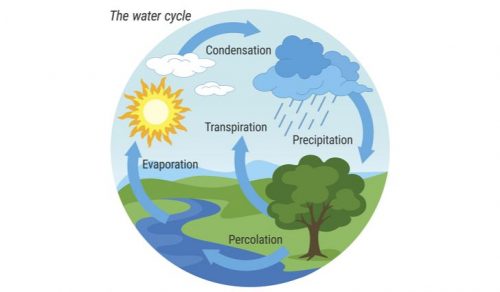Unexpected climate change-related factors may be causing water sources to dry
Imagine traveling up to a high-altitude lake with your friends to ice skate in February. Upon arrival, you find water squeezing through the slivers of the thin sheet of ice. What’s happening?
The melting frozen lake you’ve encountered in the middle of the winter season is the result of climate change. Xuhui Lee, a professor at the Yale School of Forestry and Environmental Studies, and his co-researchers analyzed these kinds of melting lakes and found high levels of evaporation, the transformation of liquid water into vapor. By analyzing and testing digital simulations, they determined that around half of an estimated 16 percent increase in global lake evaporation stems from non-atmospheric factors, which are typically what drive evaporation. Shorter freezing periods as a result of rising global temperatures cause high-altitude lakes to be exposed to sunlight for longer durations as a liquid. This exposure enables darker-colored water to absorb heat energy faster than lightly-colored ice, ultimately providing the lake with more energy to evaporate.
Beyond demonstrating lowered water levels as a result of evaporation, this research also implies that there may be even greater problems in the future. The evaporation of lake water will cause an influx of vapor in the water cycle, leading to heavier rainfalls and higher water levels in certain areas. In arid areas that don’t receive this rain, lakes used as water sources will dry up, decreasing the amount of drinkable water people can use. Water shortages, a well-characterized effect of climate change primarily stemming from droughts and water supply depletions, may displace large populations in the long run.

